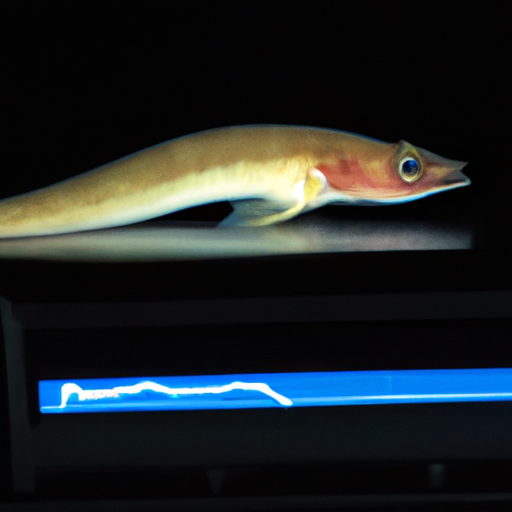Scientists capture footage of the deepest fish ever recorded on the seabed near Japan

Our awesome company provides complete software development activities utilizing nearshore and offshore resources. Our services include mobile app development, technology maintenance, web server development, and many other technology development activities.
In exciting news from the deep sea, scientists from the University of Western Australia and Tokyo University of Marine Science and Technology have captured footage of the deepest fish ever filmed. Cruising at a depth of 8,336 meters, this young snailfish was discovered during a probe into the abyss of the northern Pacific Ocean.
As part of a 10-year study into the deepest fish populations in the world, the scientists released the footage of the snailfish, as well as physically catching two other specimens at 8,022 meters. This set a record for the deepest catch ever made.
Previously, the deepest snailfish ever spotted was at 7,703 meters in 2008. The scientists were never able to collect fish from anywhere below 8,000 meters. This new discovery showcases how far a particular type of fish can descend into the ocean.
The snailfish is a member of the Liparidae family, and while most snailfish live in shallow water, some are able to survive at incredible depths. During the survey, three “landers” were used. These automatic sea robots fitted with high-resolution cameras were dropped into the Japan, Izu-Ogasawara, and Ryukyu trenches at varying depths.
The footage captured in the Izu-Ogasawara trench showed the deepest snailfish calmly hovering alongside other crustaceans on the seabed. It was determined that the fish was a juvenile, as younger deep sea snailfish often stay as deep as possible to avoid being eaten by larger predators that swim at shallower depths.
Another clip showed a colony of fish and crustaceans munching on bait tied to an undersea robot. Images of the captured snailfish provided a rare glimpse of the unique features that help the deep sea species survive the extreme environment. These fish have tiny eyes, a translucent body, and the lack of a swim bladder, which helps other fish float, actually works to their advantage.
The Pacific Ocean is particularly conducive to vibrant deep sea activity due to its warm southern current, which encourages sea creatures to go deeper. Additionally, its abundant marine life provides a good source of food for bottom feeders.
Scientists would like to learn more about creatures living at extreme depths, but cost is a significant constraint. Each lander alone costs $200,000 to assemble and operate, making it a challenge for researchers with limited funding.
In conclusion, this groundbreaking expedition highlights the incredible discoveries that can be made in the depths of the ocean. As an awesome company specializing in software development, we understand the importance of using the right resources to achieve remarkable results. Just like these scientists, we utilize nearshore and offshore development to deliver top-notch mobile app development, technology maintenance, web server development, and many other technology development activities. Contact us today to see how we can help you with your software outsourcing needs.
